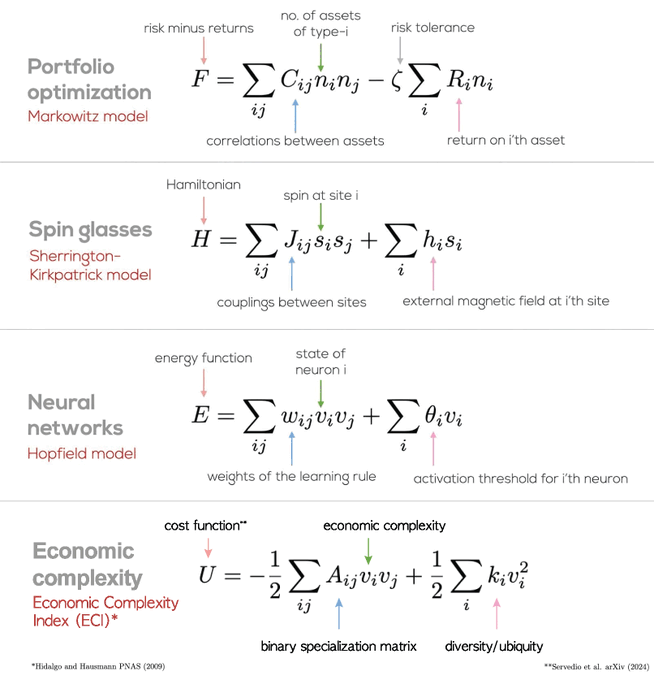Part 3: COMPLETE Olympia SM3 Service/Set Up Guide- Carriage Adjustments/ Ring and Cylinder
by [[The HotRod Typewriter Co.]]
Not mentioned in the video is that, at least on his model, most of the common adjustment points have screws or nuts which have a brassy look rather than silvery almost as a means of highlighting them as subtle adjustment points for improving the performance of the machine.
Sometimes the carriage lock mechanism on the Olympia SM3 may not clear the carriage rail completely and this can result in it rubbing on the returns which results in a zipper or grinding sound. Forming the bar that connects the lever to the mechanism can quickly remedy this issue.
See timestamp 2:17
Fore and aft adjustments on carriages
Details at timestamp
Side to side adjustment on carriage:
Details at timestamp
Forward and backward carriage adjustments (on both sides):
Details at timestamp
Adjustment for the spacing between the carriage rails:
This adjustment is rarely done unless there is something drastically wrong with the machine
Details at timestamp
Adjustment on the carriage stoppers for how much bounce the carriage shift might have as well as how high or low the carriage sits at it's lowest point using the triangle sliding bracket on each side of the carriage with two screws. If these force the carriage too high, it can affect where the type sits in terms of potentially interfering with the bichrome settings to make letters (especially the tallest ones) have two colors when they should only have one. Details at timestamp 8:14
Adjustment on the rear springs for how light or heavy the carriage shift may be. Raise the spring and then adjust the small "nut" on the top.
Details at timestamp 9:52
Ring and Cylinder adjustment for Olympia SM3<br />
Details at timestamp
Gerren doesn't seem to understand (or perhaps doesn't discuss it) some of the mechanics behind this adjustment beyond the distance of the platen to the typeface, but the usual suggestion is that the typeface shouldn't actually strike the paper and/or the platen. Ideally there should be just enough space between the typeface and the platen that an addition sheet of paper can be easily slid between the two along with the ribbon and another sheet of paper. This will allow the typeface to just kiss the ribbon and force the ink onto the front sheet of paper. Doing this will help to protect the integrity of the paper being typed on (ie, no deep imprints being pressed into the paper -- often seen with the period), as well as the integrity of the platen (preventing chips and imprints into the rubber, especially if it has been hardened), and the longer term integrity of the ribbon which can tend to be cut into by the typeface if it's too close.
From a physics perspective there is some minor amount of flex in the typebar arm between where the "hammer" at the bottom of the typebar hits the "anvil" (aka ring) and the top of the typeface which, when typing at speed will tend to "throw" the typeface a tad farther than it would hit when the hammer hits the anvil when simply holding it against the ring manually.
